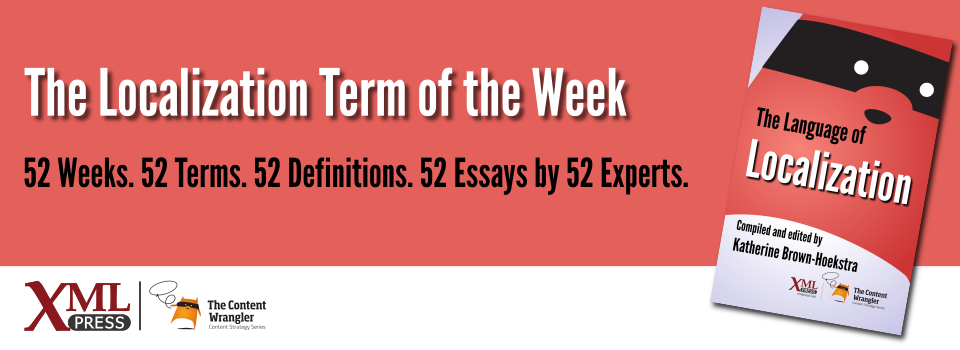What is it?
The process of re-developing or adapting content from one culture to another, while transferring its meaning and maintaining its intent, style, and voice.
Why is it important?
In transcreation, the concepts, feelings, and call to action that are expressed in the source are maintained in the target, but the emphasis, design, and the text are oriented specifically to the target culture. While there are some grey areas, transcreation goes much deeper than localization typically does and, consequently, incurs significantly higher costs.
